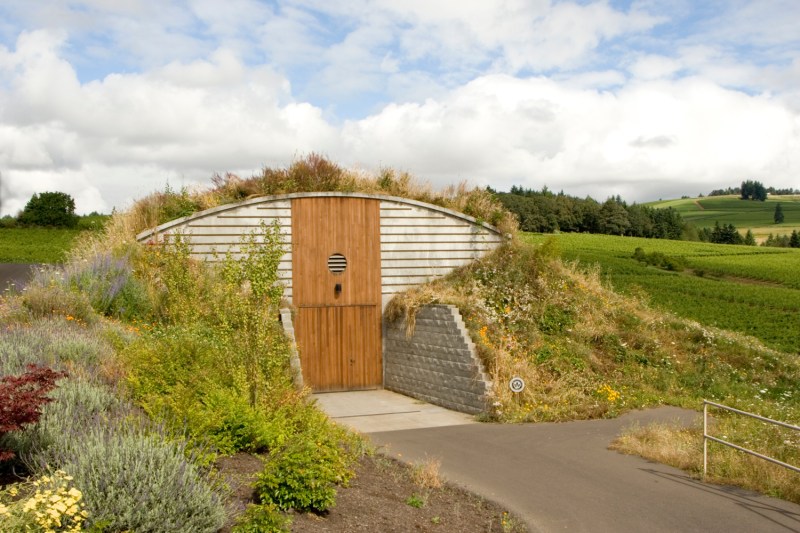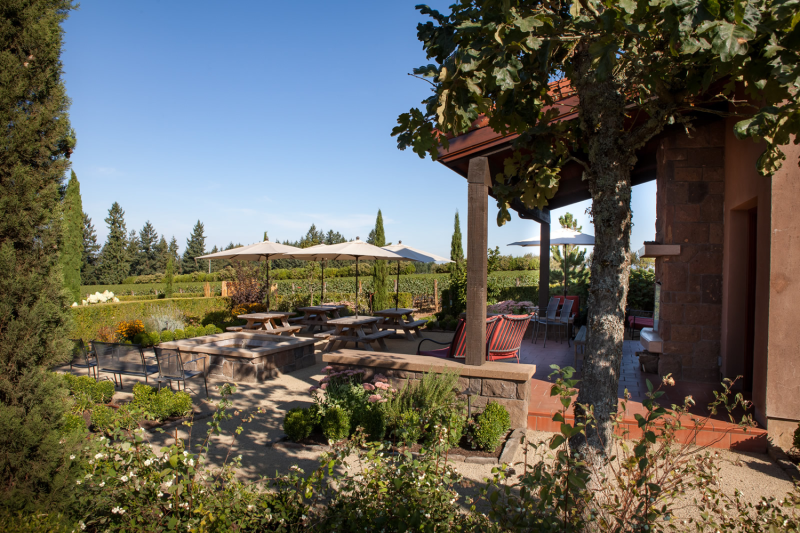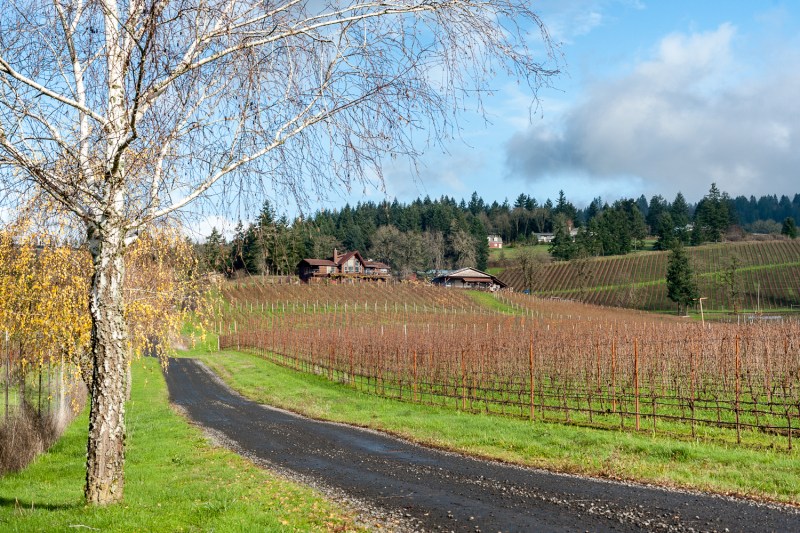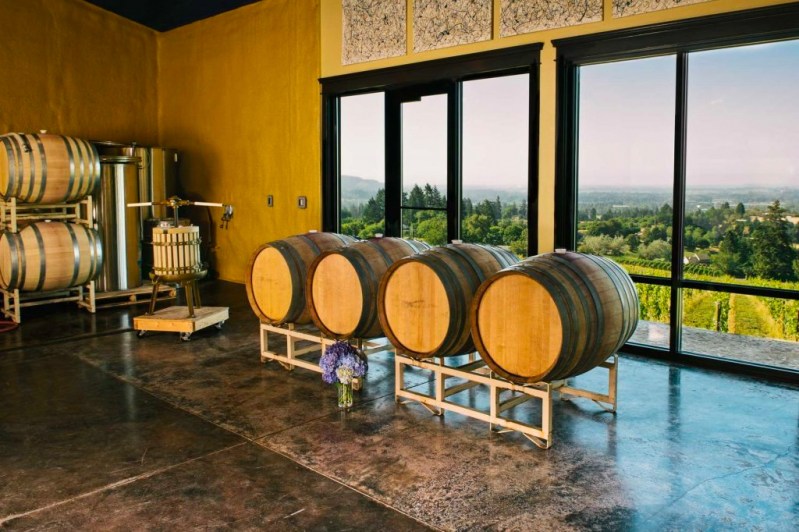You know it, we know it, heck even Grandma Jean who hasn’t left her house in years and subsists on Hello Fresh and her stories knows it – the Willamette Valley in Oregon is known for its Pinot Noirs. The red wine is made in abundance in the area, thanks to a climate, soil conditions, and winemakers who know how to work with the notoriously fickle grape.
The thing is, pinot isn’t the only thing being produced in the area. With hundreds of wineries, there are tons of options for those looking for something a little different. With the harvest season here, we decided to put together a brief guide of wineries in the Willamette Valley that are producing great non-pinot wines.
Below, you’ll find four of our favorites. While some of the wineries only have one or two releases, they’re damn good releases and, while you’re there, you may as well try some pinots, too. It’d be rude if you didn’t.
Sokol Blosser

One of the most prominent wineries in Oregon, Sokol Blosser helped craft the Oregon wine scene that we get to enjoy today. Starting in 1971 and producing its first wines in the late 1970s, the winery slowly grew to become the sixth-largest producer in the state. If you’re looking for white wines, this is a great place to start. Whether you’re looking for a Chardonnay, a Pinot Blanc or a Pinot Gris, they have all of those and more. In addition, those looking for something a little sweeter can indulge in Sokol Blosser’s dessert Riesling.
Alloro Vineyard

An estate winery located in Sherwood, Oregon, Alloro Vineyard has 34 acres of vineyards where the winery grows Pinot Noir, Chardonnay, Riesling, and Muscat. From these, Alloro currently produces two white wines – a Chardonnay and Vinno Nettare Dessert Wine. The Chardonnay is barrel-fermented for 11 months in 20% new French Oak, giving the wine a full-bodied and smooth flavor. Rich buttery notes pervade for a well-rounded glass of wine. The dessert wine is made of 65% Muscat and 35% Riesling made in the ice wine style. The floral notes and a good amount of acidity help balance the syrupy sweetness.
Vidon Vineyard

Started by former NASA particle physicist Don Hagge (he was chief of the physics branch for the Apollo Space Program for missions 6-13), Vidon Vineyard started as Hagge’s retirement project that would combine his childhood growing up on a farm and the time he spent doing post-graduate physics research in France. Vidon produces a number of Pinot Noir clones (which are delicious), but we recommend going for its Chardonnay. The wine, a 2016 vintage, is full of apple and pear notes on the nose, with more pear on the palate. It is full-bodied without being overwhelming.
Bells Up Winery

Located just north of Newberg, Oregon, Bells Up Winery was established by Dave Specter – a former corporate tax attorney – and his wife Sara Pearson Specter in 2012. Named both after the location of the winery (Bell Road) and Dave’s two decades of experience as a French Horn player, the boutique winery has been producing wines since the mid 2010s. Its flagship release, Titan, is of course a pinot noir, but Bells Up also produces two white wines – a Seyval Blanc (“Helios”) which is sadly sold out currently, and Rhapsody, a Pinot Blanc produced in 2018 that expresses rich grapefruit notes and a good amount of minerality. More tropical fruit notes on the palate lead to a rich drinking experience from beginning to end.



